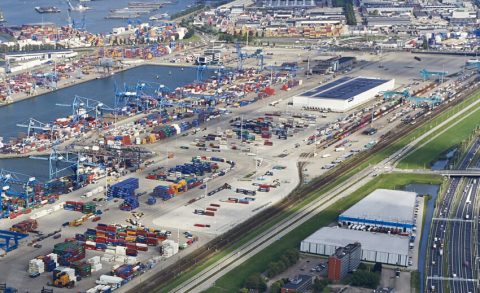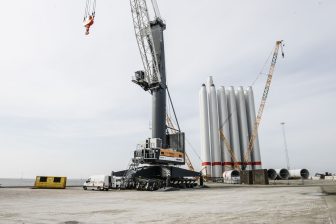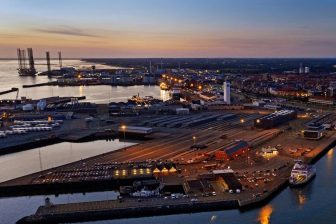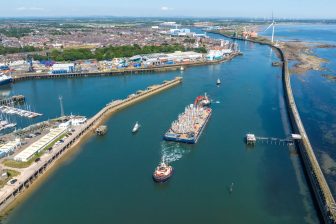
Rail-shortsea connection upgraded in two Rotterdam terminals
The connection between Rail Service Center Rotterdam (RSC) and Rotterdam Shortsea Terminals (RST) has been upgraded, in collaboration with Samskip.
RSC loads and discharges on average 14 to 15 freight trains a day, at a terminal fed by 9 weekly European train services. Of the estimated 270,000 cargo units passing through yearly, about 70,000 units move via RST. The upgrade project was initiated by the boards of RSC and RST and supported by Samskip, as a response to customer feedback. Work began in May 2022 to eliminate inefficiencies in the connecting ‘shunt.’
Peter Willemse, Head of Ports and Terminals at Samskip, stated: “Reliability and predictability are cornerstone advantages for multimodal freight compared to road transport. (…) It’s therefore critical we resolve challenges in the multimodal chain. RST needs high-performance rail links and RSC needs shortsea traffic. Together, we have focused on the shunt to make sure units reach the ship or train they are booked for.”
A team performed an analysis across operations to better the flow of data and management process. Performance improvements were achieved, by eliminating misinterpreted through-transport instructions between the parties, better defining traffic hours, and escalating awareness when shunting assets are under-utilised. According to Samskip, 98% of containers are now meeting allocated multimodal slots, and corrective action is being prioritised where slots are missed.
Arno Storm, CEO of RST, said: “Of course, 100% is ideal, but the focus is practical: procedures and communication need to improve so that the overall performance gains are permanent.” Pierre van Dalen, Operations Manager at RSC stated: “Our common goal is to optimise efficiency and renew RSC’s ability to take advantage of the growth in multimodal transport. We have established a permanent framework so that the shunt operation between our two terminals contributes to – rather than frustrates – the efficiency of transport providers, rail networks and all of our shortsea clients.”
You just read one of our premium articles free of charge
Register now to keep reading premium articles.




